
Lathyrus sativus
(MRP Inclusive of all taxes)
- Shipping ₹79 for entire order
- Dispatch in 7 days
- Country of origin: India

(MRP Inclusive of all taxes)
 Save 29%
Save 29%
Air Purifier Money Plant with Pot The Air Purifier Money Plant, also known as Pothos or Epipremnum aureum, is a stunning indoor plant that...
View full details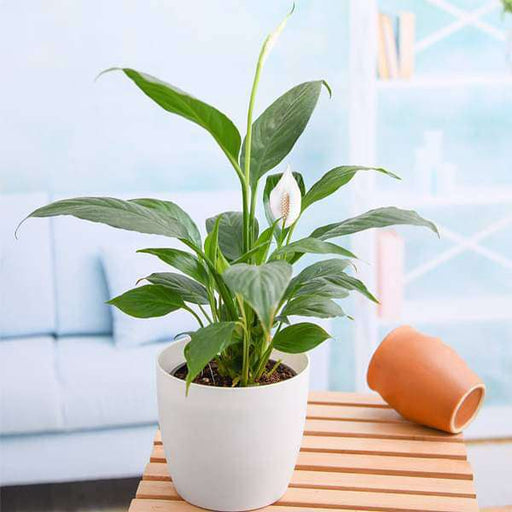
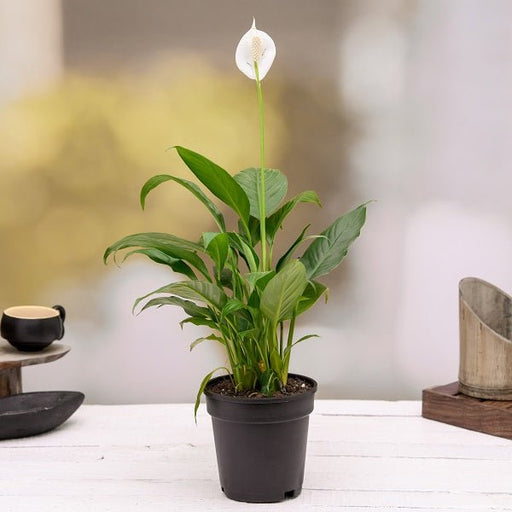 Save up to 15%
Save up to 15%
Peace Lily, Spathiphyllum - Plant The Peace Lily, scientifically known as Spathiphyllum, is a stunning houseplant celebrated for its elegant white...
View full details
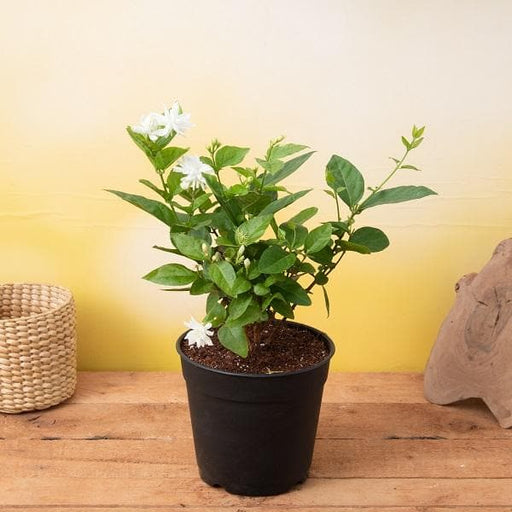 Save 25%
Save 25%
Jasminum sambac, Mogra, Arabian Jasmine - Plant Jasminum sambac, commonly known as Mogra or Arabian Jasmine, is a fragrant flowering plant...
View full details
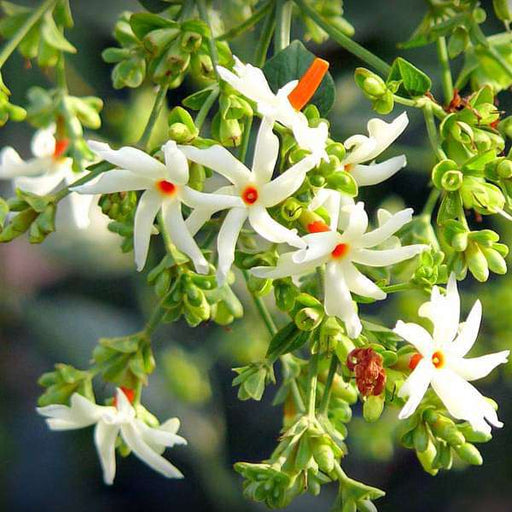 Save 18%
Save 18%
Combo Constituents Includes the Parijat Tree (Night-Flowering Jasmine), a culturally significant plant with fragrant flowers. Description The Pari...
View full details
 Save 25%
Save 25%
Miniature Rose, Button Rose (Any Color) - Plant The Miniature Rose, also known as the Button Rose, is a charming and compact flowering plant that ...
View full details Save 25%
Save 25%
Damascus Rose, Scented Rose (Any Color) - Plant The Damascus Rose, also known as Rosa damascena, is a timeless symbol of beauty and romanc...
View full details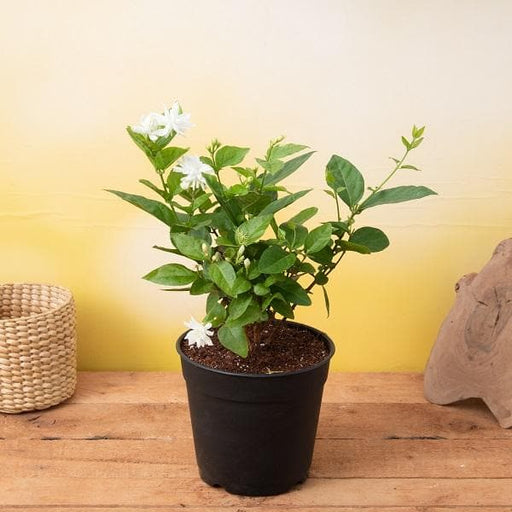
 Save 17%
Save 17%
Beautiful Fragrant Mogra, Arabian Jasmine Plant with Pot The Beautiful Fragrant Mogra, also known as Arabian Jasmine (Jasminum sambac), is...
View full details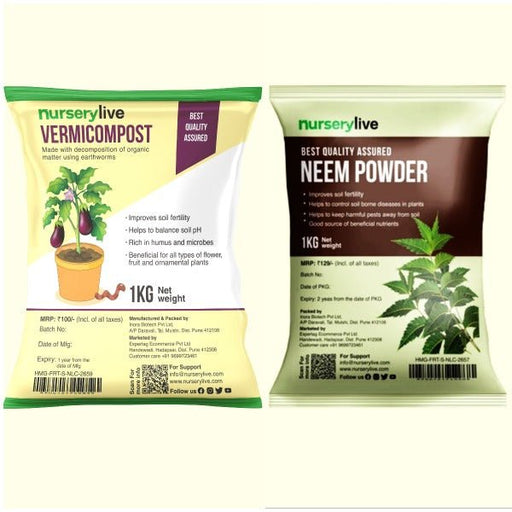 Save 15%
Save 15%
Pack of Vermicompost and Neem Cake for House Plants Transform your indoor garden with our premium Pack of Vermicompost and Neem Cake, spec...
View full details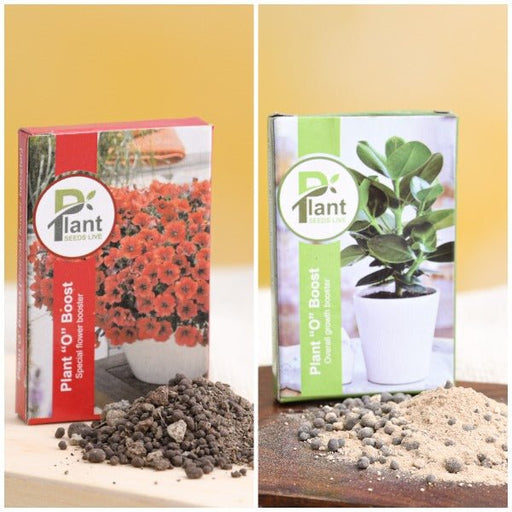
Pack of Plant Growth and Flower Boosters Unlock the full potential of your garden with our Pack of Plant Growth and Flower Boosters! This ...
View full details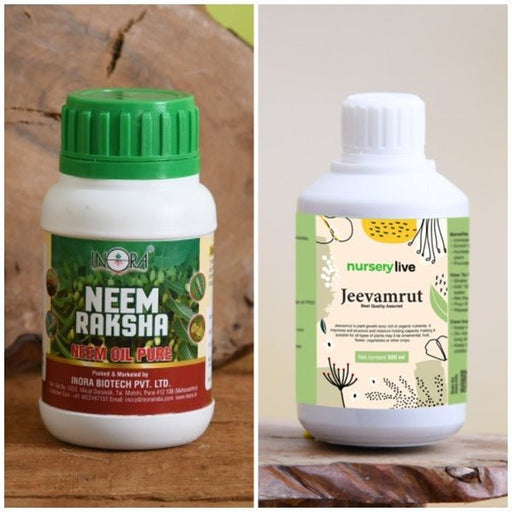 Save 38%
Save 38%
Combo of Jeevamrut and Neem Raksha for Easy Growth and Protection of Houseplants Transform your indoor garden with our exclusive combo of ...
View full details Save 22%
Save 22%
Plant Nutrients Kit (Pack of 16) for a Healthy Garden Transform your garden into a lush paradise with our Plant Nutrients Kit, featuring 1...
View full details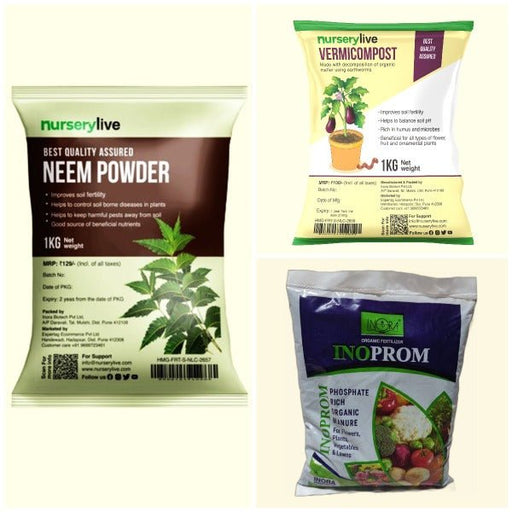 Save 16%
Save 16%
Combo of Top Plant Fertilizers Elevate your gardening game with our exclusive Combo of Top Plant Fertilizers, featuring two bags of premiu...
View full details Save 24%
Save 24%
Pack of 4 Additives to Make Soil Healthy and Nutrient Rich Transform your garden into a thriving ecosystem with our Pack of 4 Additives de...
View full details Save 30%
Save 30%
Transform your gardening experience with our premium Combo of Perlite and Vermiculite. This unique blend is designed to enhance soil aeration and ...
View full details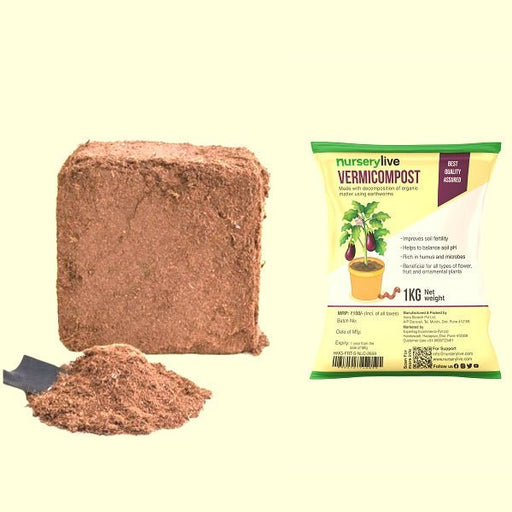 Save 27%
Save 27%
Combo of 2 Vermicompost and Cocopeat - Enrich Your Soil Naturally! Transform your garden into a thriving ecosystem with our Combo of 2 Ver...
View full details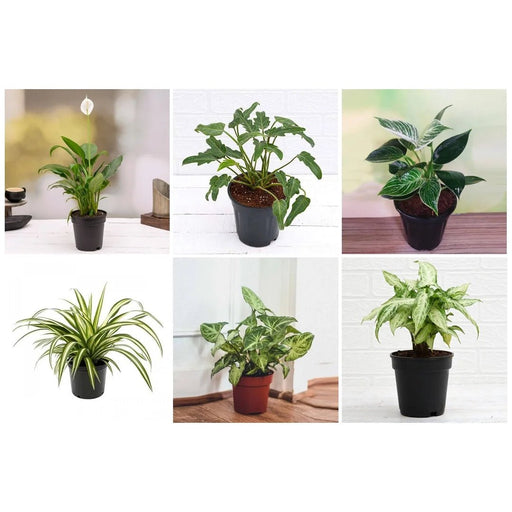
 Save 35%
Save 35%
Best 6 Plants for Perfect Indoor Garden Transform your living space into a lush oasis with our curated collection of the Best 6 Plants for a...
View full details
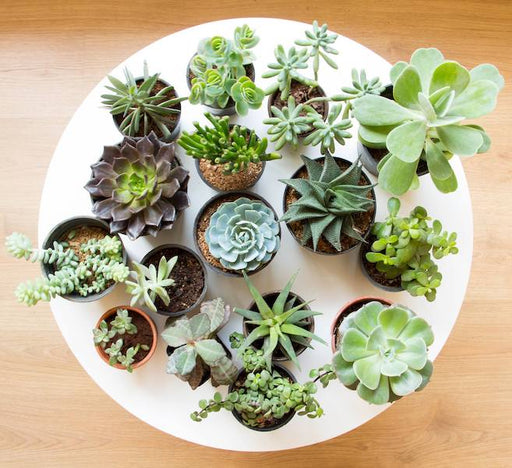 Save up to 50%
Save up to 50%
Mini Succulent Garden Pack Transform your space with our Mini Succulent Garden Pack, featuring a delightful collection of 4 any variety beautiful s...
View full details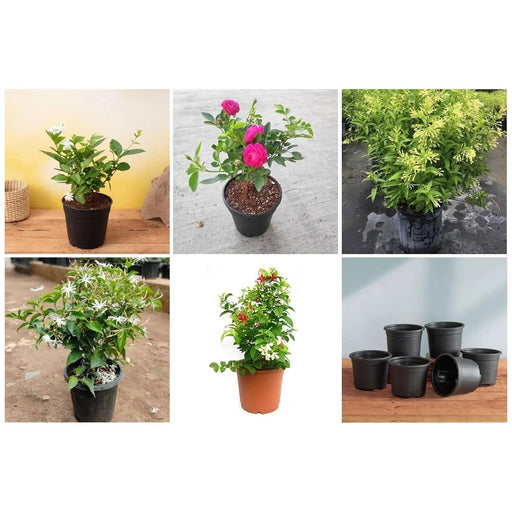
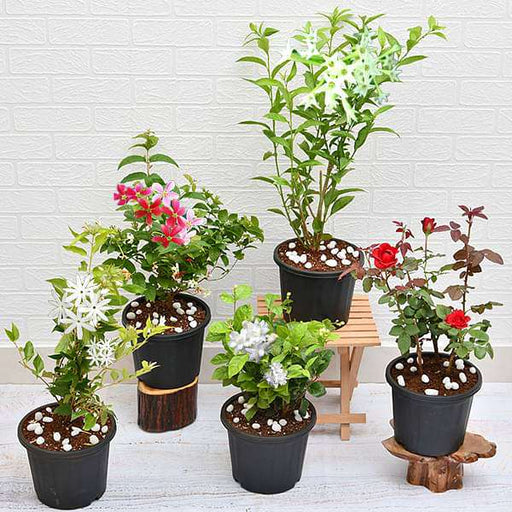 Save 30%
Save 30%
5 Best Fragrant Plants Transform your garden or indoor space into a fragrant paradise with our curated selection of the 5 Best Fragrant Plants. Th...
View full details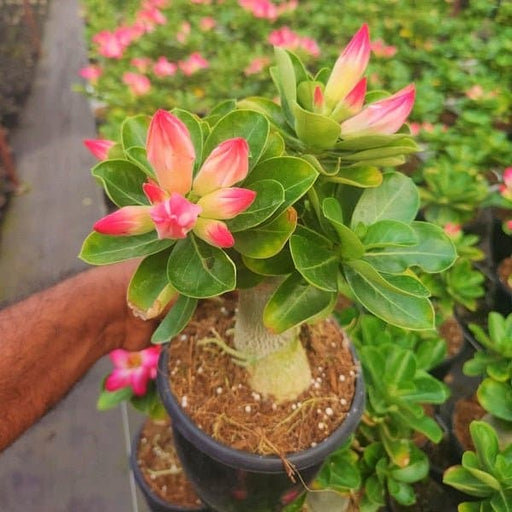
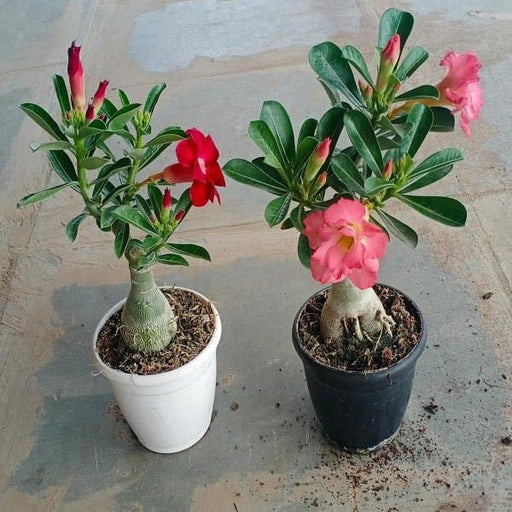 Save 24%
Save 24%
Set of 2 Bonsai Looking Grafted Adeniums Transform your indoor or outdoor space with our exquisite Set of 2 Bonsai Looking Grafted Adenium...
View full details Save 45%
Save 45%
Top 4 Die Hard Succulents Pack Transform your indoor or outdoor space with our Top 4 Die Hard Succulents Pack, featuring a curated selecti...
View full details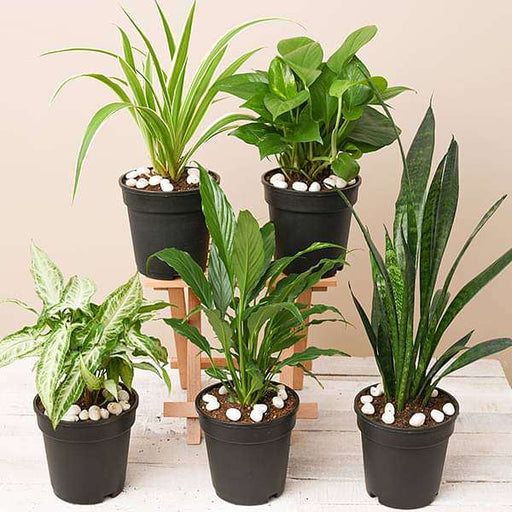
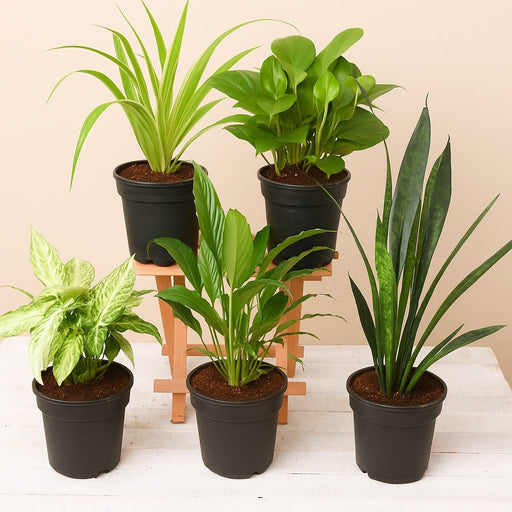 Save 30%
Save 30%
5 Best Indoor Plants Pack Transform your living space into a lush oasis with our '5 Best Indoor Plants Pack.' This carefully curated collection fe...
View full details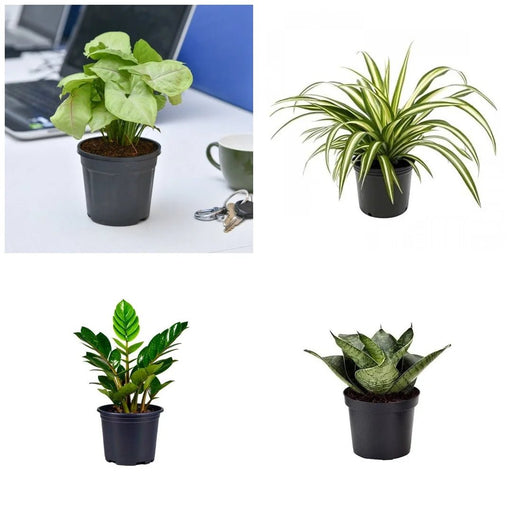
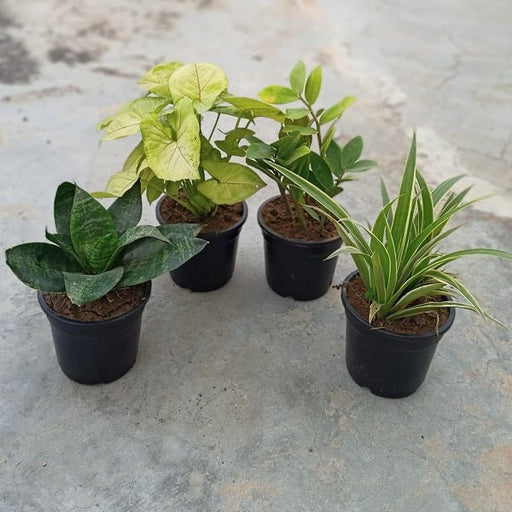 Save 25%
Save 25%
Set of 4 Evergreen Air Purifier Plant Pack Transform your indoor space into a lush, green oasis with our Set of 4 Evergreen Air Purifier Pla...
View full details| SrNo | Item Name |
|---|---|
| 1 | Lathyrus sativus |
Lathyrus sativus, commonly known as the grass pea, is a leguminous plant native to the Mediterranean region and parts of Asia. This hardy annual is cultivated primarily for its seeds, which are rich in protein and can be used as a food source. The plant thrives in poor soil conditions, making it an excellent choice for sustainable agriculture in arid regions. Its vibrant green foliage and attractive flowers add aesthetic value to gardens and landscapes.
Lathyrus sativus is renowned for its resilience and adaptability, making it a vital crop in areas prone to drought. Its seeds are not only nutritious but also have a low glycemic index, making them suitable for diabetic diets. Additionally, the plant plays a significant role in crop rotation, improving soil fertility and structure.
This remarkable legume is capable of fixing nitrogen in the soil, which enhances soil health and reduces the need for chemical fertilizers. Its ability to grow in marginal soils makes it a sustainable option for farmers facing climate challenges. Furthermore, Lathyrus sativus has been used in traditional medicine for its potential health benefits, including anti-inflammatory and antioxidant properties.
Lathyrus sativus contributes positively to the environment by improving soil health through nitrogen fixation. Its cultivation can help combat soil erosion and promote biodiversity in agricultural systems. As a drought-resistant crop, it offers a sustainable solution for food security in the face of climate change, making it an essential plant for future agricultural practices.
If you’re looking for a plant that’s not just a pretty face, Lathyrus sativus, also known as the grass pea, is your go-to green. Packed with protein and essential nutrients, this legume is a powerhouse for those seeking a healthy diet. It’s like the superhero of the plant world, swooping in to save the day with its ability to thrive in poor soil conditions. Plus, it’s gluten-free, making it a favorite among health enthusiasts. Just remember, moderation is key; too much of a good thing can lead to some not-so-fun side effects.
Growing Lathyrus sativus is like hosting a party where the guests are low-maintenance and love to thrive in tough conditions. This hardy plant can handle drought and poor soil like a champ, making it perfect for those who might not have a green thumb. Just plant the seeds in well-drained soil, give them some sunlight, and watch them flourish. It’s the ultimate “set it and forget it” plant, ideal for busy gardeners who want to impress without the fuss.
If you think all legumes are created equal, think again! Lathyrus sativus is a nutritional rock star, boasting high protein content and a variety of vitamins and minerals. It’s like the Swiss Army knife of legumes, offering versatility in the kitchen while keeping your health in check. With its low glycemic index, it’s a friend to those watching their blood sugar levels. So, whether you’re whipping up a hearty stew or a trendy salad, this legume will have you feeling like a culinary genius.
Ready to spice up your dinner routine? Lathyrus sativus is here to save the day with its culinary versatility. From soups to salads, this legume can be the star of your next meal. Try it in a savory stew, where it soaks up all the delicious flavors, or toss it in a salad for a protein-packed crunch. The possibilities are endless, and your taste buds will thank you. Just remember, cooking is an art, and with Lathyrus sativus, you’re the Picasso of the kitchen.
In a world where sustainability is the name of the game, Lathyrus sativus is the eco-friendly champion we didn’t know we needed. This legume requires minimal water and can grow in poor soil, making it a sustainable choice for farmers and gardeners alike. By incorporating Lathyrus sativus into your diet, you’re not just nourishing yourself; you’re also supporting sustainable agriculture. It’s a win-win situation that makes you feel good inside and out.
Move over, modern medicine; Lathyrus sativus has been a staple in traditional remedies for centuries. Known for its potential health benefits, this legume has been used to treat various ailments, from respiratory issues to digestive problems. It’s like the wise old sage of the plant world, offering natural solutions to everyday health concerns. Just remember, while it’s great to embrace tradition, always consult a healthcare professional before diving into herbal remedies.
In the face of climate change, Lathyrus sativus stands tall as a resilient crop. Its ability to thrive in harsh conditions makes it a beacon of hope for farmers facing unpredictable weather patterns. This legume can help improve soil health and reduce erosion, making it a valuable ally in sustainable farming practices. So, if you’re looking to plant something that’s not just good for you but also good for the planet, Lathyrus sativus is your green hero.
When it comes to legumes, Lathyrus sativus is like the quirky cousin at the family reunion—unique and full of surprises. While other legumes may hog the spotlight, this grass pea packs a punch with its high protein content and adaptability. It’s the underdog of the legume world, often overlooked but bursting with potential. So, the next time you’re at the grocery store, don’t forget to give this unsung hero a chance to shine on your plate.
Farmers, rejoice! Lathyrus sativus is here to revolutionize your agricultural practices. This legume is not just a food source; it’s also a fantastic cover crop that improves soil fertility and structure. By planting Lathyrus sativus, you’re investing in the health of your land while reaping the benefits of its nutritious seeds. It’s like having your cake and eating it too—sustainable farming has never tasted so good.
In a world where food security is a pressing issue, Lathyrus sativus emerges as a potential game-changer. Its ability to grow in challenging conditions makes it a reliable crop for regions facing food scarcity. By incorporating this resilient legume into agricultural systems, we can help ensure that communities have access to nutritious food. It’s a small seed with a big impact, proving that even the tiniest plants can make a difference in the fight against hunger.
Biodiversity is the spice of life, and Lathyrus sativus adds a unique flavor to the mix. This legume contributes to agricultural diversity, providing farmers with an alternative crop that can thrive in various conditions. By cultivating Lathyrus sativus, we’re not just promoting a single crop; we’re supporting a diverse ecosystem that benefits both the environment and our plates. So, let’s celebrate the rich tapestry of plant life, one grass pea at a time.
Lathyrus sativus, also known as grass pea, is a legume that’s as versatile as a Swiss Army knife! It’s cultivated for its edible seeds, which are packed with protein. Just don’t confuse it with your average pea; this one has a flair for the dramatic, thriving in poor soils and drought conditions.
Ah, the million-dollar question! While Lathyrus sativus can be a nutritious snack, moderation is key. Overindulgence can lead to a condition called lathyrism, which sounds like a spell from Harry Potter but is actually a serious issue. So, enjoy it, but don’t go full-on grass pea fanatic!
Lathyrus sativus has a global fan club! It’s primarily grown in regions with poor soil and drought, like parts of Africa and Asia. Think of it as the underdog of legumes, thriving where others wilt. It’s the plant equivalent of that friend who can make a gourmet meal from leftovers!
Packed with protein, fiber, and essential nutrients, Lathyrus sativus is like the superhero of legumes! It can help with weight management, boost heart health, and even support digestive health. Just remember, with great power comes great responsibility—moderation is essential to avoid lathyrism!
Absolutely! Lathyrus sativus can be a culinary chameleon. You can use it in soups, stews, or even as a flour substitute. Just think of it as the secret ingredient that elevates your dish from “meh” to “magnificent.” Just don’t forget to soak those seeds first!
Yes, indeed! Lathyrus sativus is a gluten-free superstar, making it a fantastic option for those with gluten sensitivities. It’s like the life of the party for gluten-free diets, bringing protein and flavor without the pesky gluten baggage. So, go ahead and invite it to your next meal!
Lathyrus sativus is an eco-friendly champion! It’s drought-resistant and can improve soil health by fixing nitrogen. Think of it as the plant that gives back, helping to restore balance in the ecosystem while providing nutritious food. It’s like the green thumb of the legume world!
Lathyrism is the not-so-fun side effect of overconsuming Lathyrus sativus. It can lead to neurological issues, making it a condition you want to avoid. It’s like the hangover of legumes—nobody wants that! So, enjoy your grass peas, but keep an eye on portion sizes.
Yes, you can channel your inner gardener and grow Lathyrus sativus at home! It’s relatively easy to cultivate, especially if you have poor soil and a sunny spot. Just remember, it thrives on neglect, so don’t overwater it. It’s the low-maintenance plant you’ve always dreamed of!
Lathyrus sativus can be a delightful addition to your culinary repertoire! Use it in soups, salads, or as a protein-packed flour. It’s like the versatile actor of the kitchen, fitting into various roles and cuisines. Just remember to cook it properly to avoid any unwanted surprises!
Yes, Lathyrus sativus has a history in traditional medicine! It’s been used for its potential health benefits, including anti-inflammatory and antioxidant properties. Think of it as the wise old sage of the plant world, offering wisdom and wellness. Just don’t skip the doctor for a grass pea remedy!
Happy planting!